Physical Address
304 North Cardinal St.
Dorchester Center, MA 02124
Physical Address
304 North Cardinal St.
Dorchester Center, MA 02124
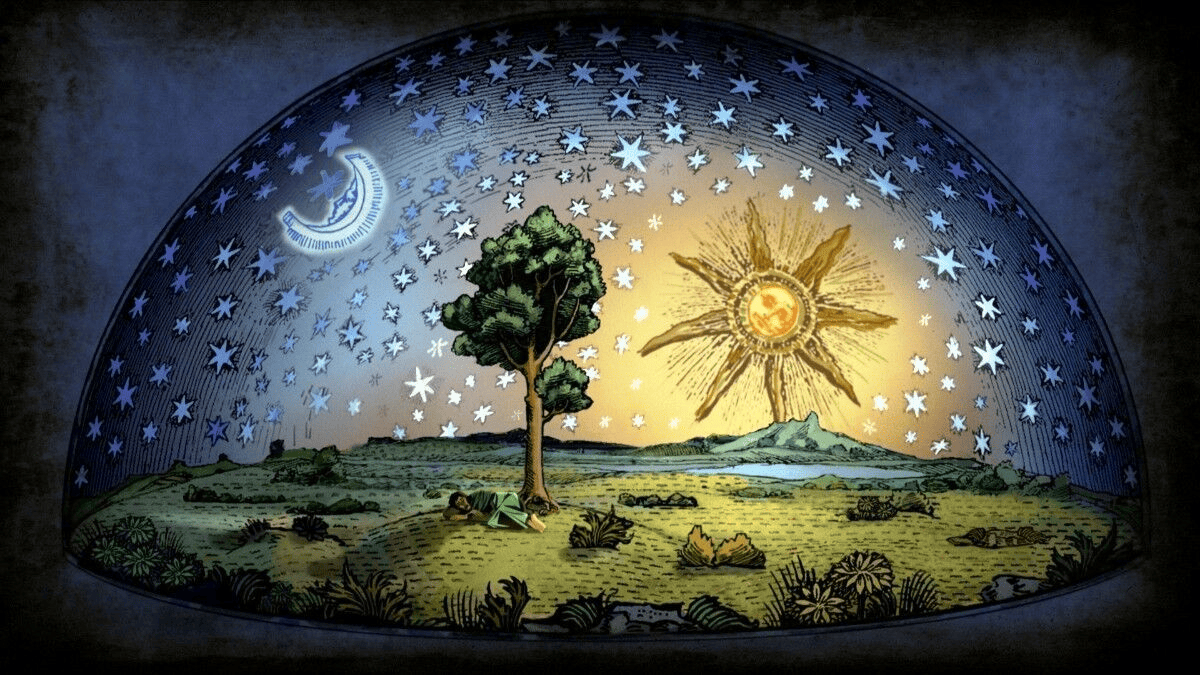
Throughout history, nearly every ancient civilization has referenced some form of a firmament—a physical or metaphysical structure separating the heavens above from the earth below. From the dome-like imagery in ancient texts to celestial depictions on monuments, the concept of a firmament was not just a religious belief but a fundamental understanding of the cosmos. But why is this idea so prevalent, and why does it seem to have been buried by modern science? Could the firmament be real, or is it just another tool of control? Let’s explore this fascinating topic together.
One of the most famous references to the firmament comes from the Bible. In Genesis 1:6-8, God is said to have created a firmament to divide the waters above from the waters below. The firmament is described as a solid dome, and the stars, sun, and moon were placed within it. This vivid imagery has led many to believe the ancients viewed the sky as a tangible structure—something far removed from today’s concept of infinite space.
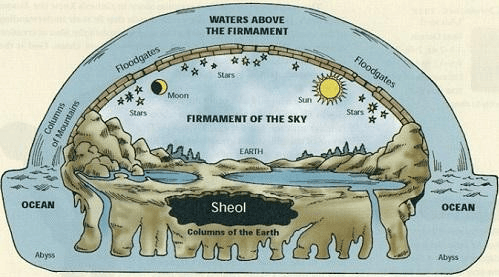
In ancient Egypt, the sky goddess Nut was depicted arching over the earth, her body forming a barrier between the heavens and the mortal realm. Similarly, Mesopotamian texts reference a cosmic dome holding back celestial waters, echoing biblical themes. Could these stories reflect a shared truth about our world, or were they symbolic interpretations of natural phenomena?
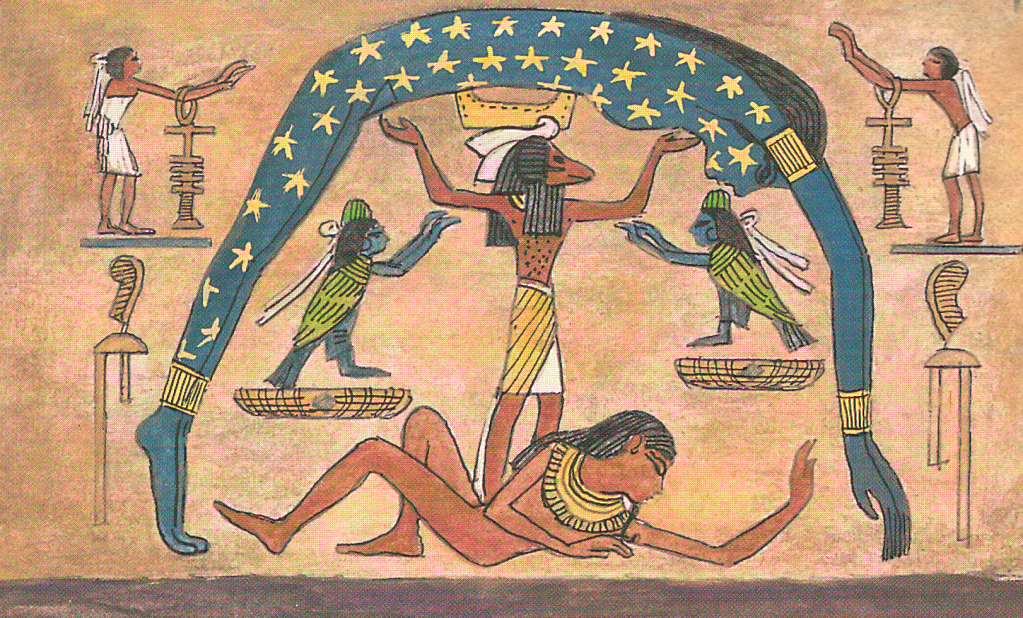
The Norse believed in Yggdrasil, the world tree that connected various realms, with the sky forming a protective barrier. In Hinduism, the cosmos is often depicted as a layered structure with firmaments separating different dimensions. These recurring themes across vastly different cultures suggest that the concept of the firmament was more than mere myth—it was a cornerstone of how our ancestors perceived reality.
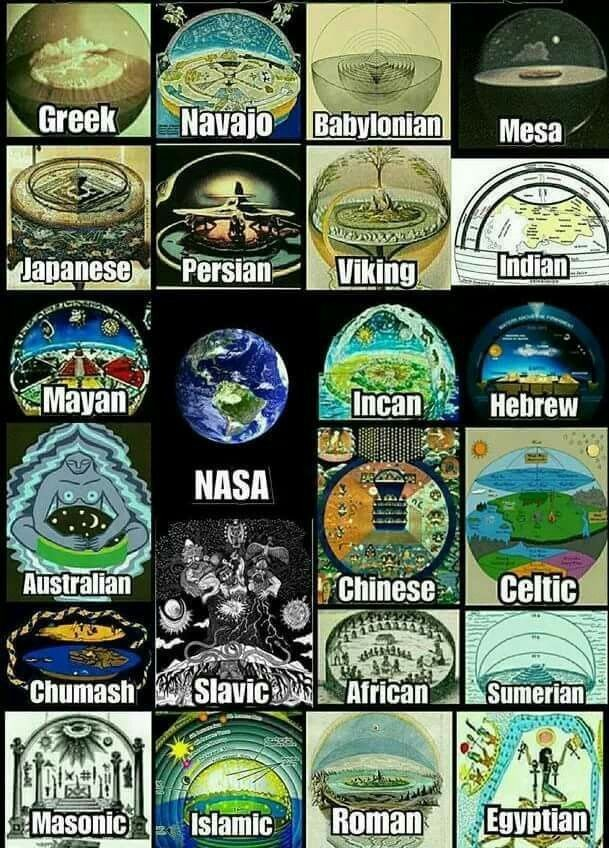
Look closely at Disney’s iconic logo—a castle under a curved arc of stars. While it may seem like a whimsical design choice, many have pointed out its uncanny resemblance to depictions of the firmament. Is it just a creative flourish, or is it a subtle nod to ancient cosmology?
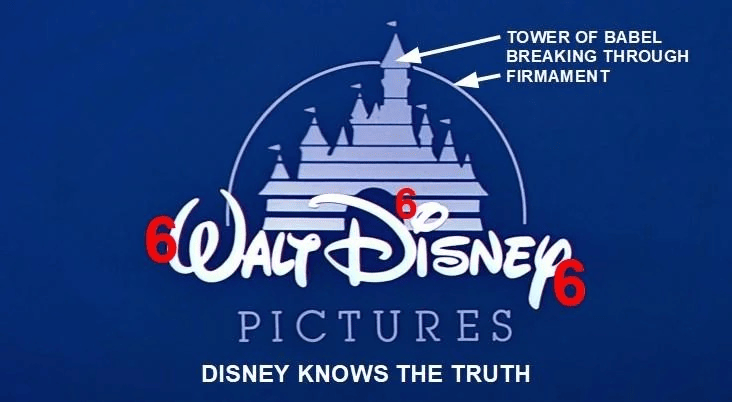
Some argue that the firmament, whether real or symbolic, has been used as a control mechanism. By presenting humanity as being enclosed within a celestial dome, ancient rulers and religious leaders may have reinforced the idea of divine authority and predestination. If the heavens are fixed and unreachable, then questioning the natural order becomes almost impossible.
On the other hand, others suggest that the erasure of the firmament concept from modern science serves a similar purpose. By convincing us that we are insignificant specks in an infinite universe, the powers that be might be keeping us in a state of disempowerment. After all, a society that questions its reality is far harder to control.
Mainstream science dismisses the firmament as an outdated notion, replaced by the understanding of space as a vacuum. But is the evidence for an open cosmos as ironclad as they claim? Experiments like Operation Fishbowl, which involved high-altitude nuclear tests, have led some to speculate that they were attempts to test the limits of a physical dome.
Of course, skeptics argue that such theories rely on misinterpretations of historical events. The debate remains as heated as ever, with neither side willing to yield ground.
The question of the firmament isn’t just about the shape of the sky—it’s about the nature of reality itself. Were our ancestors onto something, or were they simply crafting myths to explain the unknown? And if the firmament does exist, what does that mean for our understanding of the universe and humanity’s place within it?
For those looking to dive deeper, we recommend exploring Firmament: Vaulted Dome of the Earth for a comprehensive look at this fascinating subject.
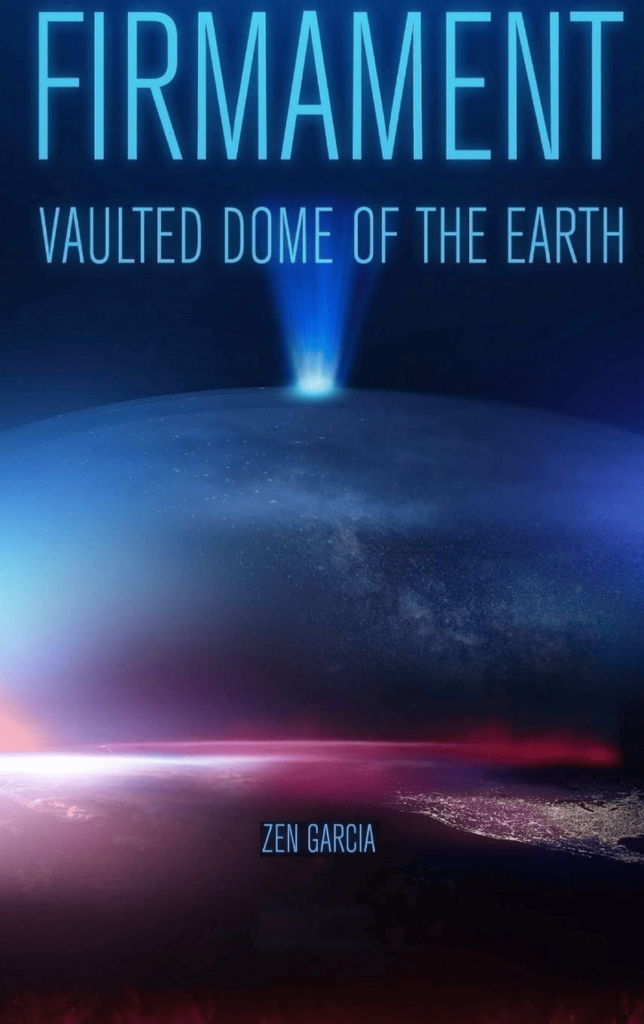
As Shakespeare famously wrote, “All the world’s a stage.” Could the firmament be part of the grand production? If so, who are the directors behind the scenes? For a deeper dive into this intriguing concept, check out our blog post: Beyond Borders: Do Countries Actually Exist, or Are We Being Played?
The mystery of the firmament reminds us that history often hides as much as it reveals. Whether you see the firmament as a literal dome, a spiritual barrier, or a forgotten relic of human imagination, it challenges us to question what we think we know.
Let us know your thoughts in the comments—do you believe in the firmament, or is it just another myth?